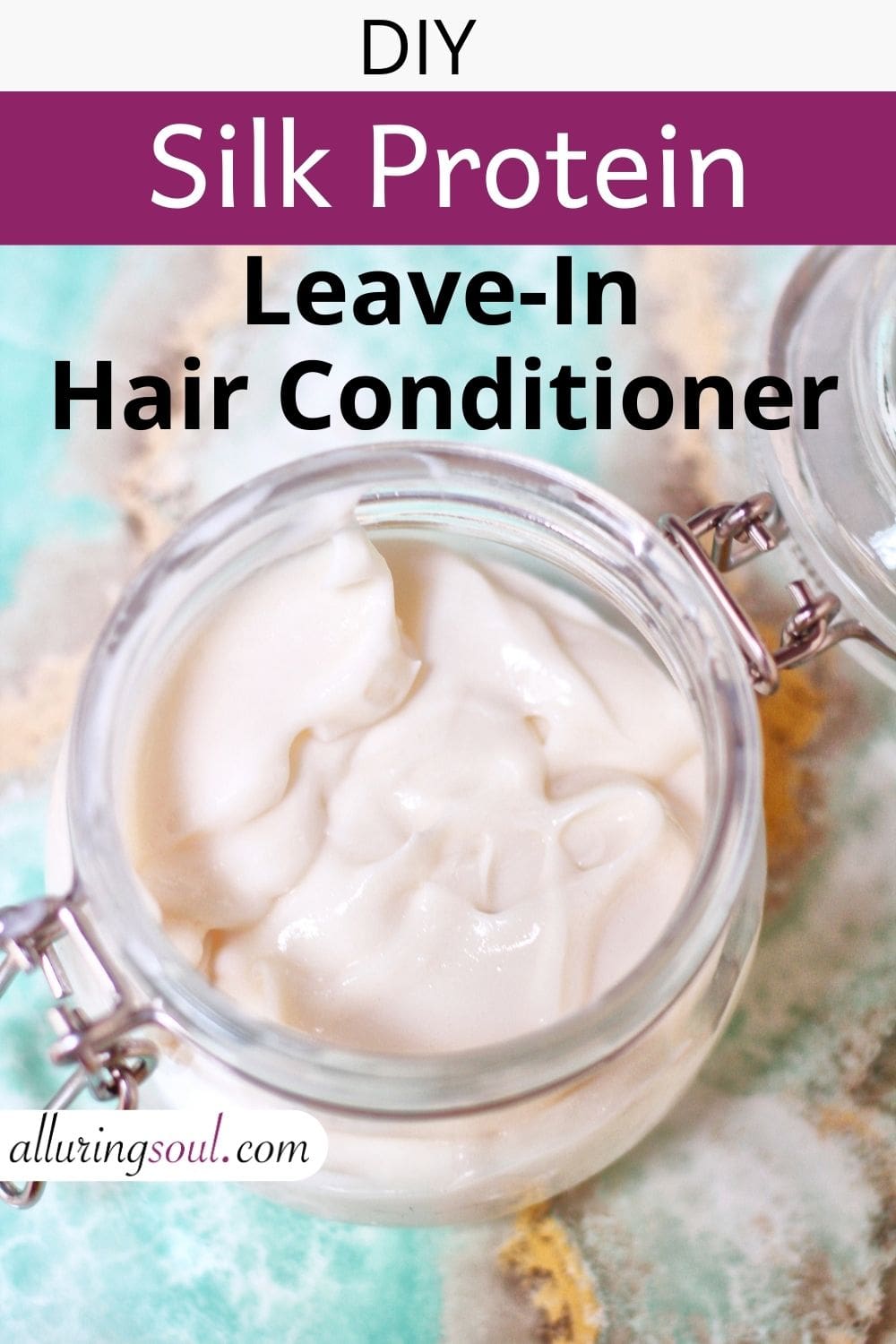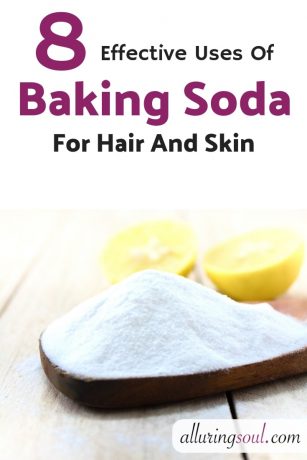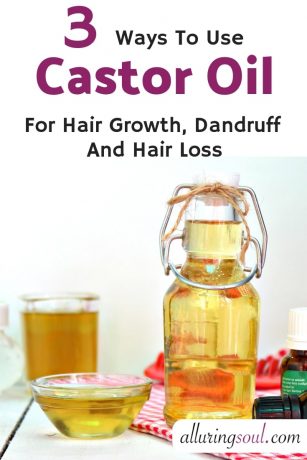Every type of hair needs a leave-In hair conditioner. Leave-in conditioner helps to provide extra moisture to hairs and makes hair soft and manageable. But, do you know that silk protein is also good for dry, frizzy, and damaged hair. Silk protein helps to improve the shine of the hair while also adding to the hair’s elasticity to prevent breakage. Let’s take a look at how to include silk protein in a leave-in hair conditioner and make a perfect non-greasy silk protein leave-in hair conditioner.
Silk protein leave-in hair conditioner has great moisture-binding capabilities helping your hair to retain moisture for longer periods of time.
Benefits Of DIY Silk Protein Leave-In Hair Conditioner
Hydrolyzed Silk Protein
Protein is present in a variety of food products that you use to nourish your hair like egg, coconut milk, yogurt, and mayonnaise.
But, the protein molecule size in these food products is too big to actually penetrate into your hair shafts. These protein particles will only stay on the top layer of your hair. Hence, hydrolyzed protein is made so that it can actually penetrate into the hair follicles and shafts.
So, what does HYDROLYZED mean?
To effectively repair the hair damage, proteins need to undergo a process called hydrolysis.
The hydrolysis process breaks the big protein molecule into fragments with lower molecular weights that can be absorbed by the hair. These smaller protein pieces can penetrate the hair shaft, replace the lost protein, and strengthen the hair from inside.
Then, what is the benefit of SILK PROTEIN?
Hydrolyzed silk protein is made with silk threads and helps to improve hair elasticity and strength. It helps to boost the production of keratin in hair and helps to make hair soft, shiny, and manageable by repairing hair deeply.
It prevents hair breakage, split-ends, and dry hair because it moisturizes & nourishes the hair shaft and forms a protective shield around the scalp thus rejuvenating damaged locks and keeping them shiny.
NOTE:
- Hydrolyzed silk is water-soluble; if the silk has not been hydrolyzed it will not dissolve, so make sure you’re purchasing hydrolyzed silk.
- Hydrolyzed silk is available in powder, peptide, and liquid form. If you are using hydrolyzed silk in powder or peptide form, then you can add it in the heated water phase.
BTMS – 50
BTMS – 50 is an emulsifying ingredient which helps to combine water and oil together. It is a plant-based emulsifier which is derived from natural oil called rapeseed oil.
It is also a conditioning agent that conditions hair like no other emulsifier available. This is the best emulsifier for making hair care products.
There are two types of BTMS, BTMS – 25 and BTMS-50.
BTMS -25 contains only 25% conditioning element and BTMS – 50 contains 50% conditioning element. Always use BTMS – 50 for making hair conditioner products.
Sodium Lactate
Sodium Lactate is the sodium salt of natural Lactic Acid, produced through the fermentation of sugar. It is a significantly stronger humectant than vegetable glycerin, with over twice the water-holding capability.
It’s a natural humectant added to lotions and creams as a less sticky alternative to glycerin. It also holds more water than glycerin.
NOTE:
Sodium lactate comes in liquid and powdered form. Always use liquid sodium lactate (60% concentration) because it is easier to use in recipes.
Witch Hazel
It has astringent properties that help to balance oil production on the scalp. It removes oil from the scalp and also hydrates the dry scalp.
It also has antioxidant and anti-inflammatory properties which help to calm and soothe the irritation, itchiness, redness, and flaking of the scalp. It exfoliates dead skin cells and makes the scalp healthy.
Cetyl Alcohol
It is a fatty alcohol derived from vegetable oils, which is used as a thickener in creams and lotions. There are other thickeners too but cetyl alcohol is best for making hair conditioning products.
It has mild emollient and moisturizing properties without the feeling of tackiness. It also makes a conditioner more slippery and easy to spread.
Jojoba Oil
Jojoba oil is rich in vitamins E and vitamin E effectively hydrate hair and promotes hair growth. It helps in retaining the moisture in the hair.
It unclogs blocked pores and exfoliates dead skin cells. It has antimicrobial properties and soothes any inflammation.
Coconut Oil
Antioxidants like Vitamin E and Vitamin K is found in coconut oil and they help repair and build healthy tissues. It reduces inflammation and repairs damages done to hairs by chemical-filled hair products. Coconut oil also makes hairs soft, manageable, and shiny.
Procedure For DIY Silk Protein Leave-In Hair Conditioner

- 30g witch hazel (Buy From Here)
- 45.5g distilled water (Buy From Here)
- 5g sodium lactate (Buy From Here)
- 4g BTMS - 50 (Buy From Here)
- 3g cetyl alcohol (Buy From Here)
- 5g jojoba oil (Buy From Here)
- 5g coconut oil (Buy From Here)
- 2g hydrolyzed silk protein (Buy From Here)
- 0.5g liquid germall plus (Buy From Here)
- 20 drops lavender essential oil (Buy From Here)
- Prepare a double-boiler system by adding about 1 inch of water in a wide, flat-bottomed sauté pan. Put the pan on the stove and set the stove on low heat.
- Weigh the water phase ingredients into a small heat-resistant glass measuring cup. Cover the container with aluminum foil to avoid evaporation of water content.
- Weigh the oil phase ingredients into a second heat-resistant glass measuring cup.
- Place both measuring cups in your prepared double boiler system to melt everything through.
- After about 20–30 minutes the oil part should be completely melted and the water part should be warmed.
- Remove the double boiler pan from the heat, remove the foil and pour the oil part into the water part.
- Mix the water and oil mixture with a spoon vigorously to combine them. Stir the spoon for 5-10 seconds.
- Then, remove the glass container from double boiler pan and immediately grab your immersion blender and begin blending the lotion.
- Blend for about a minute or two, and leave it to cool for ten minutes.
- After 10 minutes, blend for another minute or two, and repeat this blend-cool-blend cycle until the glass measuring cup is barely warm to the touch and the lotion is thick and creamy.
- When the lotion is cool it’s time to incorporate cool-down phase ingredients.
- Weigh down the liquid germall plus preservative and hydrolyzed silk protein and add them into the cream. Then, add essential oil to the cream.
- Mix everything well and store it in an airtight jar.
- Apply the silk protein leave-in hair conditioner whenever needed.
2. Because this cream contains water, you must include a broad-spectrum preservative to ward off microbial growth. This is non-optional.
3. You can use any broad-spectrum preservatives according to their recommended usage rate.
4. If you notice any change in colour, scent, or texture while using day today, it has become stale and is not usable anymore. Throw it out and make a fresh batch.
5. Hydrolyzed silk is water-soluble; if the silk has not been hydrolyzed it will not dissolve, so make sure you’re purchasing hydrolyzed silk.
6. Hydrolyzed silk is available in powder, peptide, and liquid form. If you are using hydrolyzed silk in powder or peptide form, then you can add it in the heated water phase.









No Comments